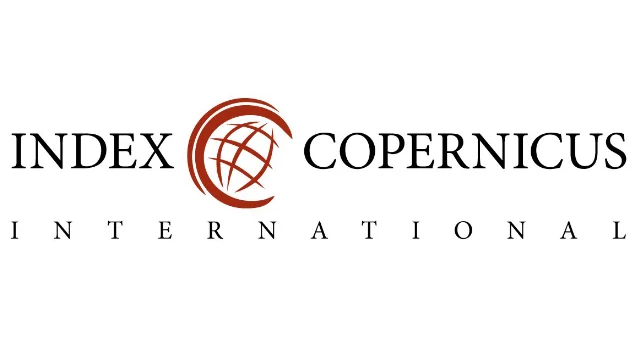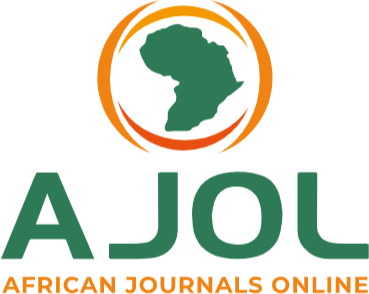Enhancing Data Provenance, Integrity, Security, and Trustworthiness in Distributed and Federated Multi-Cloud Computing Environments
Keywords:
Data Provenance, Cloud Security, Blockchain-based Integrity, Privacy-Preserving Computation and Regulatory Compliance in Cloud ComputingAbstract
Due to the increasing trend in distributed cloud environments, strong data provenance and integrity practices are even more important than before to ensure answers to security and traceability requirements as well as compliance. The new challenges, developments, and best practices in monitoring and security of data for cloud systems are discussed in this paper. Key challenges include scalability limitations, privacy vs. transparency trade-offs, and regulatory compliance issues. To address these concerns, blockchain-based provenance tracking, AI-driven anomaly detection, cryptographic hashing, and privacy-preserving techniques such as homomorphic encryption and secure multiparty computation (SMPC) have emerged as innovative solutions. The study also examines real-world implementations in healthcare, finance, and supply chain management, demonstrating how organizations leverage provenance tracking to enhance trust, security, and operational efficiency. Additionally, the paper discusses standardization efforts such as W3C PROV and ISO 27037, which aim to improve interoperability and legal compliance. Moving forward, advancements in federated learning, decentralized identity management, and quantum-resistant cryptography will play a crucial role in enhancing provenance tracking and ensuring secure cloud ecosystems. By integrating AI-driven monitoring, blockchain scalability solutions, and adaptive compliance frameworks, organizations can build resilient, transparent, and tamper-proof data management systems in an increasingly digital world.
Downloads
Published
Issue
Section
Similar Articles
- Godwin Okumagbe Aigbadon, Azuka Ocheli, Tope Shade Alege, Esther Onozasi David, Petrological, palynological analysis and Geochemistry of Maastrichtian Patti Shale in some parts of the southern Bida Basin, Nigeria: Implications for provenances and hydrocarbon studies , Communication In Physical Sciences: Vol. 9 No. 3 (2023): VOLUME 9 ISSUE 3
- Runde Musa, Uzairu Muhammad Sada, Nickel-doped Zeolite cluster as adsorbent material for the adsorption of biodiesel oxidation products: Approach from computational study , Communication In Physical Sciences: Vol. 12 No. 1 (2024): VOLUME 12 ISSUE 1
- Kayode Sanusi, Computational Study of the Reaction Mechanism for the Formation of 4,5-Diaminophthalonitrile from 4,5-Dibromo-1,2-Diaminobenzene and Copper Cyanide , Communication In Physical Sciences: Vol. 11 No. 4 (2024): VOLUME 11 ISSUE 4
- Uduak Bassey Essien, Magdalene E. Ikpi, Alexander I Ikeuba, Nsikak Bassey Essien, Experimental and Computational Chemistry Investigations of Tartaric acid as a Green Corrosion Inhibitor for API 5L X 52 Carbon Steel in 0.5 M HCl , Communication In Physical Sciences: Vol. 7 No. 4 (2021): VOLUME 7 ISSUE 4
- Eli Innocent Cleopas, Abanum Godspower Chukwunedum, Computational Modelling of Dynamical System and the Type of Stability , Communication In Physical Sciences: Vol. 9 No. 3 (2023): VOLUME 9 ISSUE 3
- Musaddiq Sirajo, Abubakar Umar, Mardhiyya Falalu, Maimuna Ahmad Aliyu, Regularization Techniques: A Comparative Analysis of Ridge, Lasso, and Elastic Net Approaches in Predicting Mental Health Consequences Using Mental Health Survey Dataset , Communication In Physical Sciences: Vol. 12 No. 5 (2025): Vol 12 ISSUE 5
You may also start an advanced similarity search for this article.




